Who Benefits from Arch Support? Find Out Here!
Understanding Arch Support
Arch support plays a vital role in maintaining foot health and providing necessary support for individuals with various foot arch types. Whether you have flat feet, high arches, or specific foot conditions, understanding the significance of arch support is essential.
What is Arch Support?
Arch support refers to the additional structural assistance provided to the arch of the foot through various means, such as insoles, orthotics, or arch support shoes. The arch of the foot is the curved area along the bottom of the foot that helps distribute body weight and absorb shock while walking or running. Arch support aims to maintain proper alignment, reduce excessive stress on the foot, and promote overall foot comfort.
Importance of Arch Support for Foot Health
Arch support is crucial for maintaining optimal foot health and preventing potential issues. Here are a few reasons why arch support is important:
- Improved Foot Alignment: Arch support helps maintain the natural alignment of the foot, preventing excessive pronation (inward rolling) or supination (outward rolling). Proper alignment reduces strain on the ligaments, tendons, and muscles of the foot, ankle, and lower leg.
- Enhanced Shock Absorption: The arch of the foot acts as a shock absorber, cushioning the impact of each step. Adequate arch support helps distribute the shock evenly, reducing the strain on the foot and preventing excessive pressure on certain areas.
- Alleviation of Pain and Discomfort: Arch-related issues, such as plantar fasciitis, flat feet, or high arches, can cause pain, discomfort, or fatigue in the feet and lower limbs. Arch support helps alleviate these symptoms by providing the necessary cushioning and support.
By understanding the importance of arch support, individuals can make informed decisions about their foot health and explore appropriate options to address specific needs. In our next section, we will delve into who can benefit from arch support, including flat-footed individuals, people with high arches, and those with foot conditions or injuries.
Who Can Benefit from Arch Support?
Arch support is not limited to a specific group of individuals. Many people can benefit from using arch support to improve their foot health and address various issues related to arches. Here are three groups of people who can benefit from incorporating arch support into their footwear:
Flat-Footed Individuals
Flat feet, also known as fallen arches, occur when the arches of the feet do not have a natural curve or are very low. This can lead to overpronation, where the feet roll inward excessively while walking or running. Flat-footed individuals often experience foot pain, discomfort, and even lower limb problems.
Arch support can help support the foot’s arch, providing stability and reducing the strain on the ligaments and muscles. By promoting proper foot alignment, arch support can alleviate pain and discomfort associated with flat feet. Flat-footed individuals may find relief by using insoles, such as those with arch support, which can help distribute pressure more evenly. Check out our article on flat foot custom insoles for more information.
People with High Arches
On the other end of the spectrum, individuals with high arches have excessive arch height. High arches can cause the feet to supinate, where the weight is distributed more towards the outer edges of the feet. This can result in instability, reduced shock absorption, and an increased risk of foot and ankle injuries.
Arch support can help by providing additional cushioning and promoting proper foot alignment. It helps to distribute weight more evenly across the foot and absorb shock during daily activities. People with high arches may find that arch support insoles or shoes designed specifically for high arches offer the comfort and support they need. To discover the best options, take a look at our article on best high arch support insoles.
Individuals with Foot Conditions or Injuries
Various foot conditions and injuries can benefit from the use of arch support. Conditions such as plantar fasciitis, overpronation, and Achilles tendonitis can cause pain, inflammation, and discomfort. Arch support can help alleviate these symptoms by providing stability, reducing excessive motion, and supporting the affected areas.
For individuals with specific foot conditions or injuries, it’s important to consult with a healthcare professional, such as a podiatrist, to determine the most suitable type of arch support. In some cases, custom orthotics or inserts may be recommended to address the specific needs of the individual. Our article on orthotics and customized inserts provides more information on this topic.
By understanding who can benefit from arch support, individuals with flat feet, high arches, or specific foot conditions can make informed decisions about incorporating arch support into their footwear. Whether through insoles, orthotics, or arch support shoes and sandals, finding the right support can help improve foot alignment, enhance shock absorption, and alleviate pain and discomfort.
Benefits of Arch Support
Arch support offers several key benefits that contribute to overall foot health and comfort. Whether you have flat feet, high arches, or experience foot conditions or injuries, incorporating arch support into your footwear can make a significant difference. Let’s explore some of the benefits of arch support:
Improved Foot Alignment
One of the primary advantages of arch support is that it helps improve foot alignment. By providing additional support to the arches of the feet, arch support helps distribute pressure more evenly across the foot. This can help correct any imbalances in foot alignment and reduce the strain on certain areas of the foot. Improved foot alignment can contribute to better posture and alleviate discomfort associated with misalignment.
Enhanced Shock Absorption
Arch support can also enhance shock absorption, which is particularly beneficial for individuals who engage in activities that involve repetitive impact on the feet. The arches of the feet act as natural shock absorbers, and when properly supported, they can effectively absorb the impact of walking, running, or jumping. By reducing the amount of shock transmitted to the feet, arch support can help prevent fatigue, soreness, and potential injuries.
Alleviation of Pain and Discomfort
Another significant benefit of arch support is the potential alleviation of pain and discomfort. Individuals with flat feet, high arches, or conditions such as plantar fasciitis or arch strain can experience discomfort and pain due to the lack of proper support. Arch support helps distribute the body’s weight more evenly, relieving pressure on the arches, heels, and other sensitive areas. This can provide relief from foot pain and allow for greater comfort throughout the day.
Remember, if you’re experiencing persistent foot pain or discomfort, it’s always recommended to consult with a healthcare professional or a podiatrist. They can help assess your specific needs and provide guidance on the best approach to incorporate arch support into your daily routine. For more information on arch support options, you can explore our article on insoles with arch support.
By understanding the benefits of arch support, you can make informed decisions when it comes to choosing footwear and insoles that prioritize the health and well-being of your feet.
How to Determine if You Need Arch Support
If you’re wondering whether you could benefit from arch support, there are a couple of factors to consider. Assessing your foot arch type and recognizing signs of arch-related issues can help you determine if arch support is necessary for you.
Assessing Your Foot Arch Type
The first step in determining if you need arch support is to assess your foot arch type. There are three common types of foot arches: normal arches, flat feet, and high arches.
- Normal Arches: Normal arches have a moderate curve, providing a good balance between stability and flexibility. If you have normal arches, you may not require additional arch support unless you experience discomfort or specific foot conditions.
- Flat Feet: Flat feet have little to no arch, causing the entire sole of the foot to touch the ground. This can lead to overpronation, an inward rolling motion of the foot. Flat-footed individuals often benefit from arch support to help align their feet properly and provide stability.
- High Arches: High arches have a pronounced curve, causing most of the body weight to be supported by the balls of the feet and heels. This can result in supination, an outward rolling motion of the foot. People with high arches often require arch support to help distribute pressure more evenly across the foot.
By understanding your foot arch type, you can get a better idea of whether you may need arch support. If you’re unsure about your foot arch type, consult with a healthcare professional or a podiatrist.
Recognizing Signs of Arch-related Issues
Another way to determine if you need arch support is by recognizing signs of arch-related issues. Some common symptoms indicating a need for arch support include:
- Foot Pain: If you experience foot pain, especially in the arch area, it could be an indication that your arches are not adequately supported. Arch support can help alleviate discomfort and provide relief.
- Plantar Fasciitis: Plantar fasciitis is a common condition characterized by inflammation of the plantar fascia, a band of tissue that runs along the bottom of the foot. Arch support can help reduce strain on the plantar fascia and alleviate pain associated with this condition.
- Overpronation or Supination: If you notice excessive inward or outward rolling of your foot during walking or running, it may suggest overpronation or supination. Arch support can help correct these gait abnormalities and promote proper foot alignment.
- Fatigue or Discomfort: If you frequently experience foot fatigue or discomfort, especially after prolonged standing or physical activity, it may be a sign that your arches are not adequately supported. Arch support can help distribute pressure more evenly and reduce strain on the feet.
If you’re experiencing any of these symptoms, it may be worth considering arch support to address the underlying issues and improve your foot comfort. However, it’s important to consult with a healthcare professional or a podiatrist for a proper diagnosis and personalized recommendations.
Understanding your foot arch type and recognizing signs of arch-related issues can help you determine if arch support is necessary for you. Whether you have flat feet, high arches, or specific foot conditions, arch support options such as insoles with arch support, orthotics and customized inserts, or arch support shoes and sandals may provide the necessary support and alleviate any discomfort or pain you may be experiencing.
Exploring Arch Support Options
When it comes to providing arch support for your feet, there are several options available that can help alleviate discomfort and promote proper foot alignment. Let’s take a look at three popular arch support options: insoles with arch support, orthotics and customized inserts, and arch support shoes and sandals.
Insoles with Arch Support
Insoles with arch support are a common and convenient solution for individuals seeking additional support for their arches. These insoles are designed to provide cushioning and help distribute pressure evenly across the foot. By supporting the natural arch of the foot, they can help improve foot alignment and reduce strain on the arches.
Insoles with arch support can come in various materials, such as memory foam, gel, or foam. Each material offers different levels of cushioning and support. For more information on memory foam insoles, check out our article on memory foam insoles. It’s important to choose insoles that are compatible with your shoe size and provide the right level of support for your arch type.
Orthotics and Customized Inserts
Orthotics, also known as orthotic inserts, are custom-made devices prescribed by healthcare professionals to address specific foot conditions or alignment issues. These inserts are typically made from rigid or semi-rigid materials and are molded to fit the unique shape of your feet. Orthotics can provide targeted arch support, helping to correct foot alignment and alleviate pain associated with certain conditions.
While orthotics can be highly effective, it’s important to note that they should be professionally fitted and prescribed by a healthcare provider. Wearing orthotics that are not properly fitted or prescribed can result in discomfort and potentially worsen existing foot issues. For more information on orthotics and their potential side effects, refer to our article on wearing orthotics side effects.
Arch Support Shoes and Sandals
Another option for individuals in need of arch support is to choose footwear specifically designed to provide the necessary support. Arch support shoes and sandals often feature built-in arch support that helps maintain proper foot alignment. These shoes typically have a contoured footbed or insole that cradles the arch and provides cushioning.
When selecting arch support shoes or sandals, it’s essential to consider factors such as comfort, fit, and the level of support provided. Opting for shoe brands recommended by podiatrists can be a helpful starting point. For more information on this topic, check out our article on what shoe brands do podiatrists recommend.
By exploring these arch support options, you can find the one that best suits your needs and provides the desired level of comfort and support. Remember to consult with a healthcare professional if you have specific foot conditions or concerns. Proper arch support can go a long way in improving foot health and reducing discomfort associated with arch-related issues.

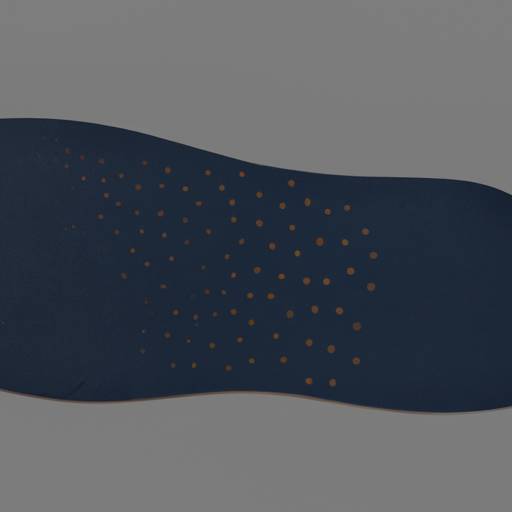
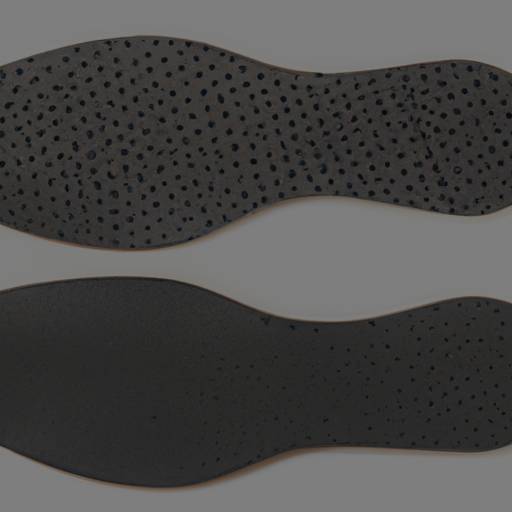
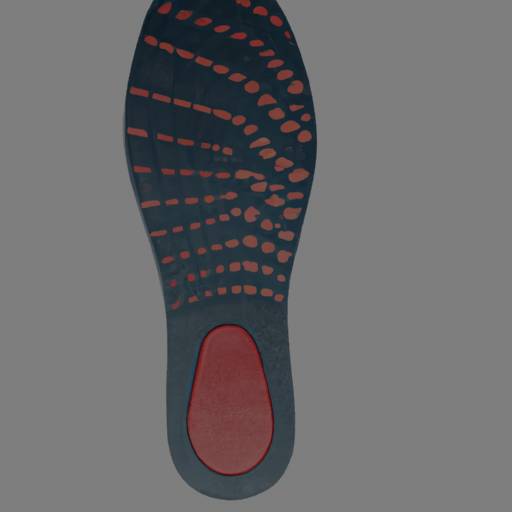
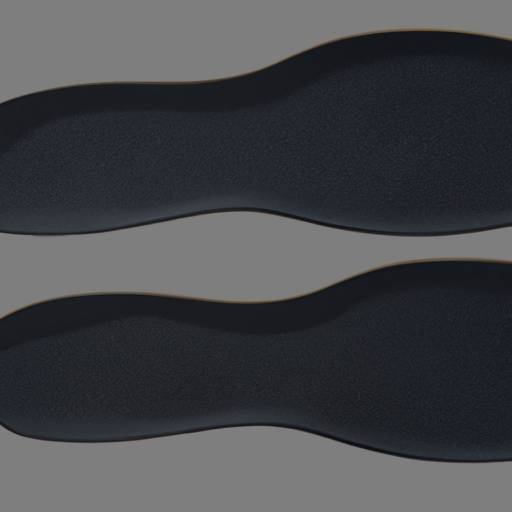
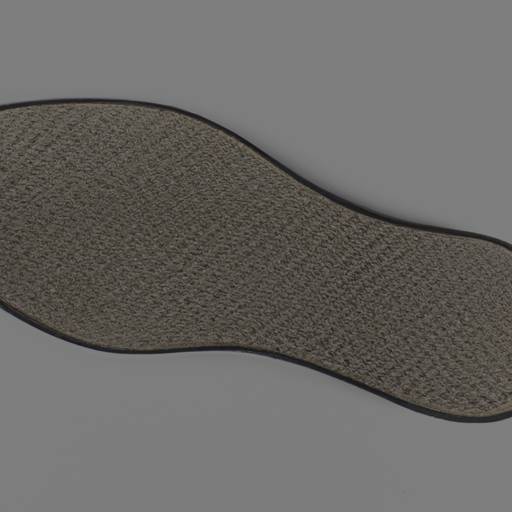
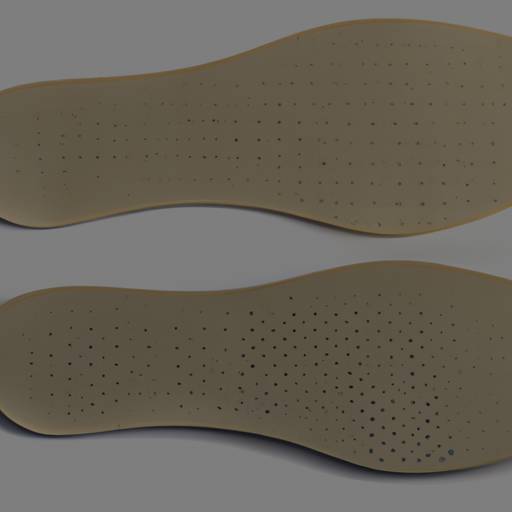
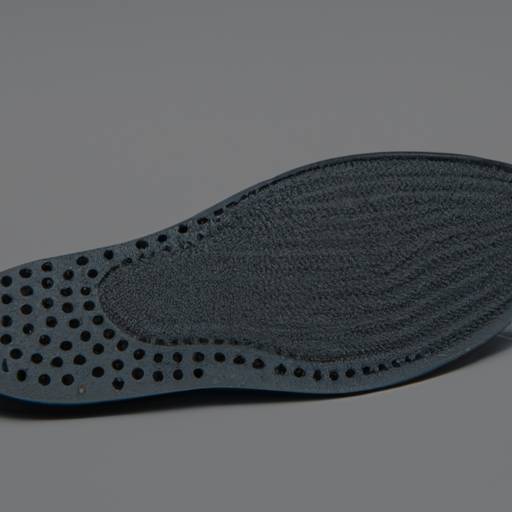
One Comment
Comments are closed.